What care does your beard need? Everything you need
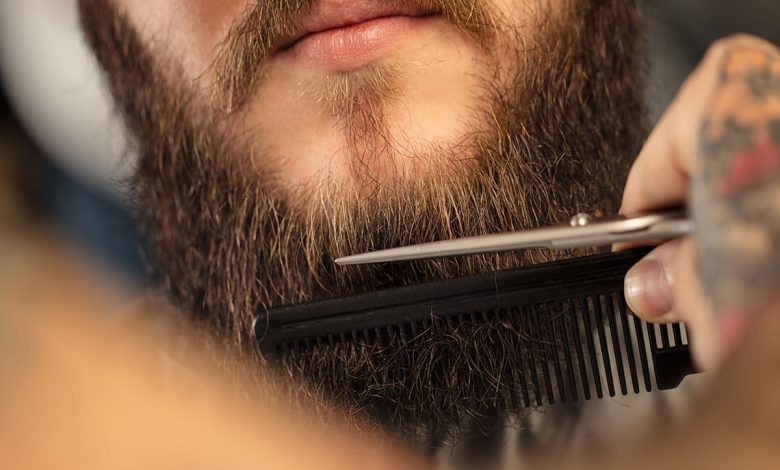
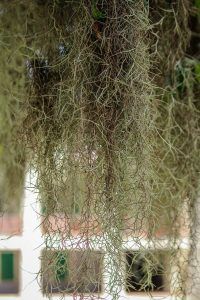 The beard, also known as old man’s beard, mountain beard, Spanish beard or hay, is a very popular plant species for being a characteristic ornament of the Christmas season.
The beard, also known as old man’s beard, mountain beard, Spanish beard or hay, is a very popular plant species for being a characteristic ornament of the Christmas season.
As such, Tillandsia usneoides is an aerial plant, so it can be quite a challenge to grow it.
However, in this article we share a brief guide with the care that the beard needs to grow properly. We hope this help you.
What land needs does the beard have?
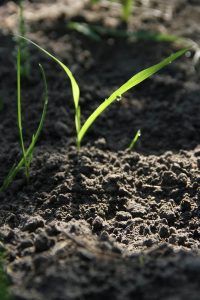 The beard is an aerial plant, hanging and branched, which is usually entangled on the branches of trees such as cypress, oak, walnut, among others.
The beard is an aerial plant, hanging and branched, which is usually entangled on the branches of trees such as cypress, oak, walnut, among others.
Therefore, the land needs are not applicable for this case, since it does not depend on the substrate to survive.
The beard performs its feeding and breathing processes through the air from which it captures dust, pollen, minerals, vitamins, carbon dioxide as well as the water it needs to survive.
Therefore, it vegetates in swampy terrain or places where the air is laden with moisture. It is important to mention that, as an epiphytic plant, it sustains itself through roots in the open air that absorb nutrients from the atmosphere.
However, it does not obtain food from trees, nor does it function as a parasitic plant, although it can cause branches to fall due to its weight.
How to make the beard grow strong and vigorous?
The beard is a plant that needs little care. However, we share with you some aspects that you can take into account if you want your plant to grow strong and vigorous.
- Humidity. One of the most important care for the beard is to provide it with enough moisture since the lack of water in the environment is one of its main enemies.
- Climate. The beard prefers warm climates, preferably above 13°C, between 15°C and 25°C, as long as there is a high level of environmental humidity so as not to dry out.
- Lightning. This plant prefers partial shade and good lighting, always avoiding direct exposure to the sun, especially during the hottest hours. Although it can vegetate in full sun in some places with high humidity, it is preferable to keep it sheltered.
- Fertilizers. So that the beard has more than what is necessary to develop, a bath enriched with fertilizers N, P, K (15, 10, 15) can be applied to it once or twice a month, depending on its appearance.
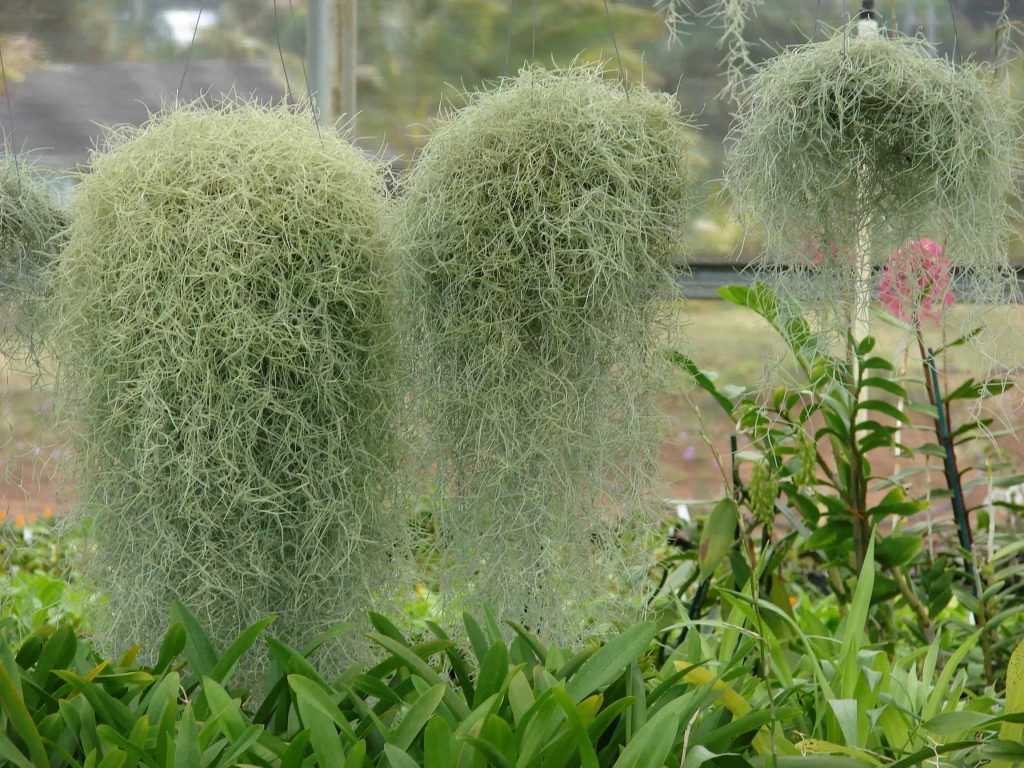
What humidity does the beard need?
The old man’s beard is a plant of humid environments, so it should be located in places where the foliage retains moisture and where it finds a surface where it receives water vapor from the air.
Another option within the subject of beard care with respect to humidity is to place it in a place where the rain can bathe it frequently, or to slightly soak it with a sprayer.
If the above conditions are not possible, it is recommended to submerge them in water without lime for a period of 5 minutes. This procedure must be carried out every 2 days in summer and every 15 days in winter, and care must be taken that the water in the leaves is absorbed or dried to prevent rotting.
Is it necessary to trim the beard?
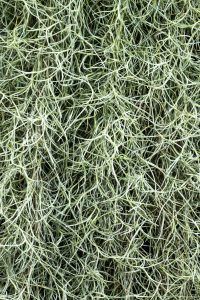 The beard spreads easily with the help of birds or the wind thanks to plant fragments that are deposited on other trees and, in the right conditions, can grow in abundance.
The beard spreads easily with the help of birds or the wind thanks to plant fragments that are deposited on other trees and, in the right conditions, can grow in abundance.
Sometimes this growth affects the host because it interferes with the process of photosynthesis.
This obstruction of sunlight reduces the growth of the tree and, as a result, some branches occupied by beards die.
There are other cases where beard growth increases the wind resistance of trees. As a result, they become more susceptible to the strong winds of hurricanes and some branches can collapse.
Due to the above, there will be times when beard pruning will be more than necessary, especially when there is some risk to the guest, whether it seriously damages its structure or growth.
How often should we trim the beard?
Beard is generally harvested straight from the trees in late fall or winter when the quality of the fiber is superior, with a lustrous texture and seal-like color.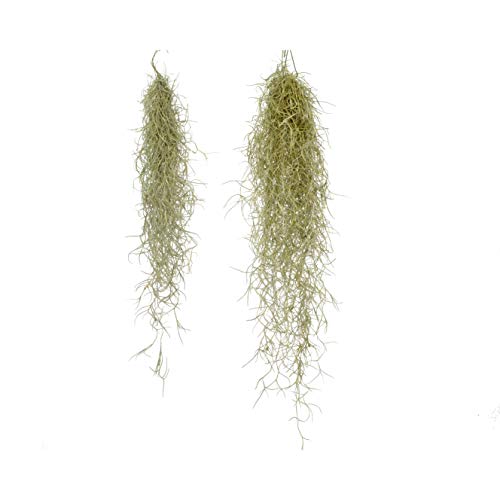
It should be noted that certain plant fragments inevitably detach from the tree due to the effect of strong blizzards or gales; so it is not usually necessary to prune until the fall or winter cut.
How to prevent pests and diseases from appearing in the beard?
As such, Tillandisias are highly resistant to typical pests and diseases. However, they can sometimes be affected by fungi that cause leaf spots or wilting.
To prevent these damages from appearing, air flow should be allowed in the area as well as dry heat should be avoided. In the case of pests, aphids may appear which feed on the sap of the leaves.
To control this problem, it will be necessary to continually check the plant and remove leaves or sections damaged by insects.
In summary, the good condition of the beard will depend strictly on the humidity of the environment. If this degree of humidity cannot be guaranteed, then it should be grown in more controlled environments, such as a greenhouse.
Conclusions
The Tillandsia usneoides is a beautiful plant and one of the most delicate of the genus, so, although it does not require maintenance, it needs more attention regarding the humidity levels in the environment, as well as the intensity of the lighting.
We hope that this brief guide with some of the main care for your beard will be useful to you and that your plants will reach their maximum splendor. If you want to know more information about this plant, we invite you to continue reading our blog.
Bibliographic references
- https://en.wikipedia.org/wiki/Tillandsia_usneoides
- https://cenida.una.edu.ni/Tesis/tnk10b687e.pdf
- https://tesis.ipn.mx/bitstream/handle/123456789/91/Tesis%20Dulce%20Maria%20Villa%20Guzman.pdf?sequence=1&isAllowed=y
- https://celuzag.mx/2018/12/28/tillandsia-usneoides-o-musgo-espanol-heno/
- http://www.mag.go.cr/rev-histo/ra-14-07-315.pdf
- https://www.gob.mx/cms/uploads/attachment/file/225103/La_familia_bromeliaceae_en_mexico.pdf

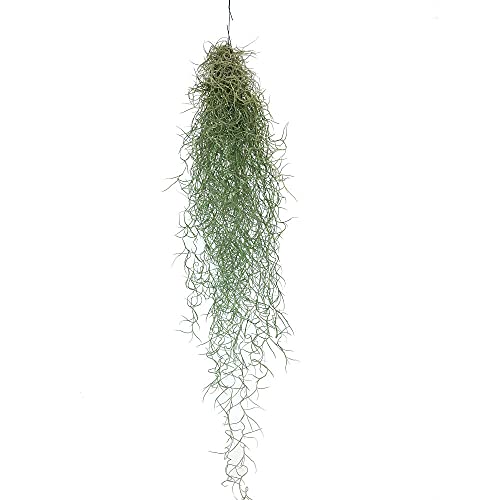


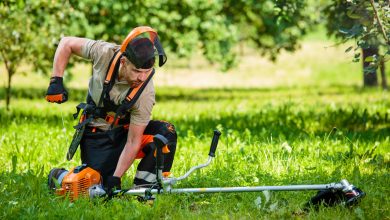
![Photo of Solanum Nigrum: [Characteristics, Cultivation, Care and Disadvantages]](https://www.complete-gardening.com/wp-content/uploads/2022/08/solanum-nigrum-characteristics-cultivation-care-and-disadvantages-390x220.png)
![Photo of Cayenne: [Cultivation, Irrigation, Associations, Pests and Diseases]](https://www.complete-gardening.com/wp-content/uploads/2022/08/cayenne-cultivation-irrigation-associations-pests-and-diseases-390x220.jpg)
![Photo of Tomato Caterpillar: [How to Identify and Fight It]](https://www.complete-gardening.com/wp-content/uploads/2021/06/Qué-es-la-oruga-del-tomate-390x220.jpg)